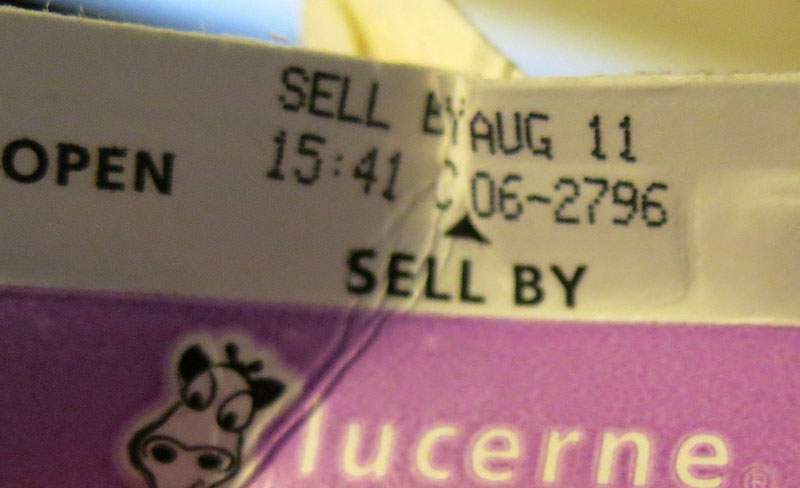New Food-Label Guidelines Aim to Prevent Waste

Nine of 10 Shoppers Confused by Current Labeling
This past week, the U.S. Department of Agriculture (USDA) released food-labeling guidelines aimed at reducing the amount of good food that gets thrown out because people think it has gone bad, according to a report from CBS News.
Just about every packaged product in the grocery store has a date on it. Some say “best by,” “use by” or “sell by.”
According to the National Resource Defense Council (NRDC), nine out of 10 shoppers are confused by the different dates, prompting the average family to away about $1,500 a year in food that is fine to eat. To clear up confusion the USDA now wants just one label—“best if used by.” It’s asking egg, meat and dairy manufacturers to use it.
The Grocery Manufacturers Association would not say if they plan to adopt the label, but said, “the food and consumer products industry is committed to providing consumers with the information they need to make informed decisions regarding the safety and quality of the products they purchase and consume.”
The NRDC says that neither current labels nor the new “best if used by” stamp are an expiration date. Typically, these dates are just a manufacturers best guess on when food will be at its peak quality, and are really not an indicator about the safety of the food.
In fact, many foods, if stored properly, can last longer: milk can last at least a week past the printed date, and eggs can still be good three to five weeks after purchased.
Photo: torbakhopper you will never expire ;): san francisco (2014) via photopin (license)